by Steve Selden | Oct 1, 2018 | Tour News

Churchill is pretty quiet at the moment bear wise. A few polar bears are being spotted daily in the Churchill Wildlife Management Area. Small thermokarst ponds have yet to freeze over though once they do polar bears will be moving and heading towards Churchill proper and surrounding area. The polar bear season is just 10 days away and the action will be heating up as the temperatures cool down in Churchill. Stay posted for all the news from the north!
by Steve Selden | Aug 22, 2018 | Tour News
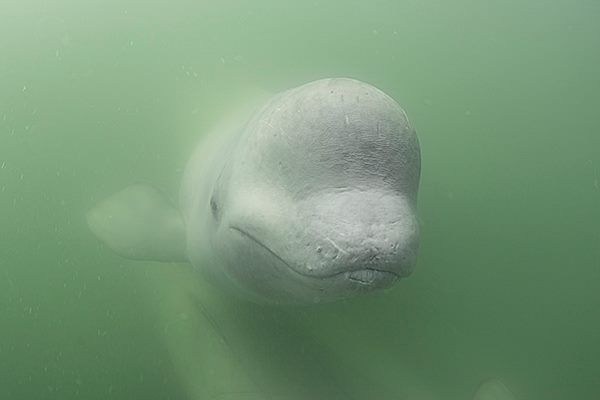
A beluga whale in the murky Churchill River. Reinhard Mink photo.

Polar bear scouring the tundra. Reinhard Mink photo.
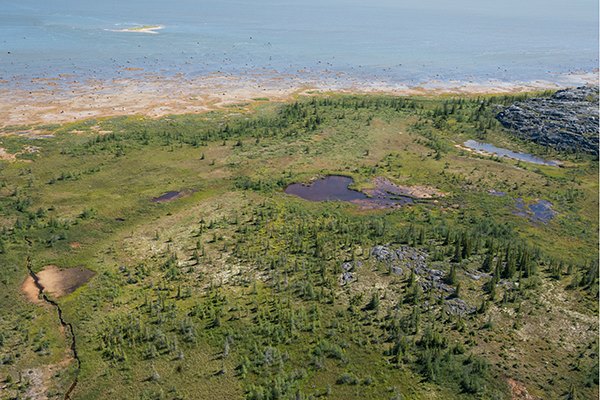
Aerial of view of Halfway Point and the Hudson Bay. Reinhard Mink photo.
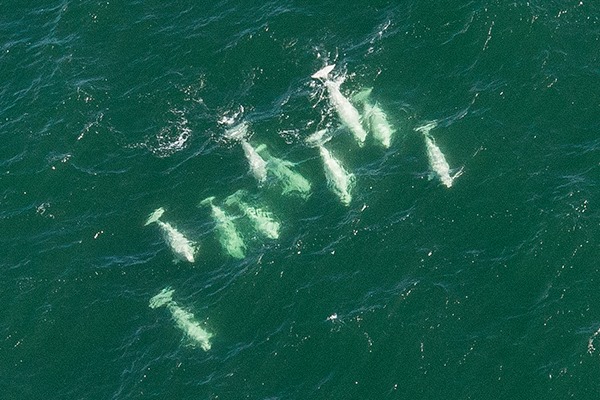
Pod of male beluga whales in the Hudson Bay. Reinhard Mink photo.
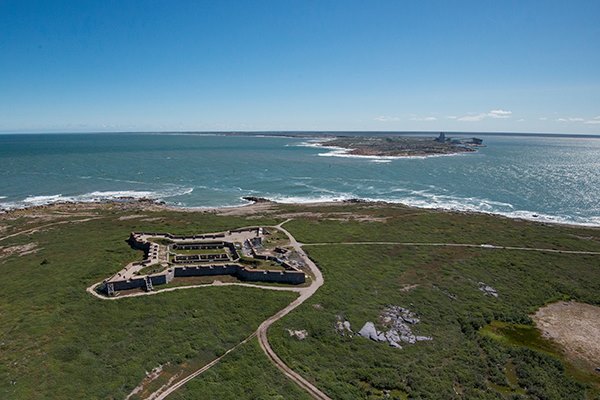
View of Churchill with Fort Prince of Wales in the foreground. Reinhard Mink photo.

Beluga seemingly hovering in the Churchill River. Reinhard Mink photo.
Summer is winding down in the north and the action has been relentless with the usual incredible Churchill summer highlights. The polar bears have been wandering the rocky Precambrian coast of the Hudson Bay and Churchill River and belugas have posed for shots like these above for the entire summer. We can’t get enough of the awesome scenic vistas near the coast and inland along rocky tundra. Another summer in the north with the wildlife one only dreams of! These images from Reinhard Mink are just a sample of the wildlife wonders of Churchill!
by Steve Selden | Aug 2, 2018 | Tour News
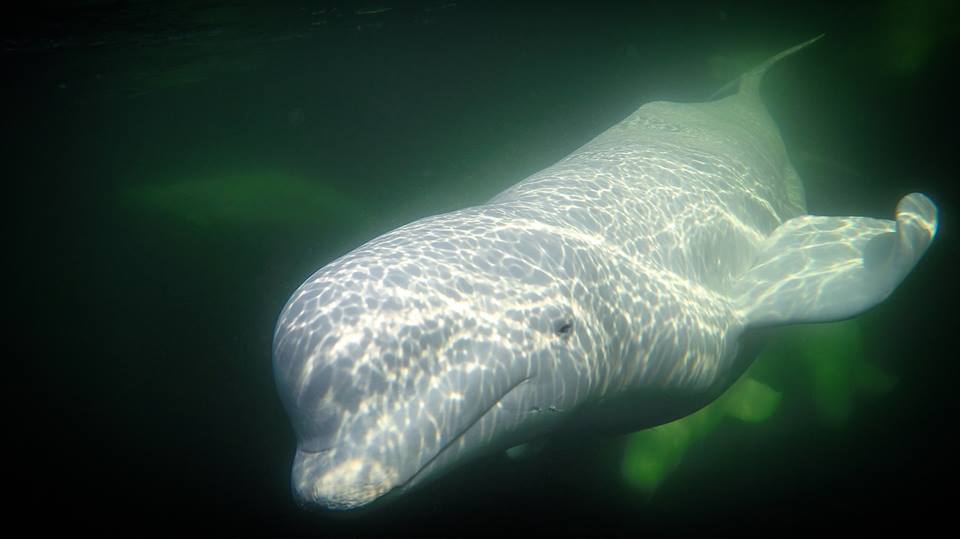
A majestic beluga signals the season is upon us. Alex De Vries – Magnifico photo.
Beluga season is going strong in Churchill. Check out this amazing beluga whale in the Churchill River by Alex De Vries – Magnifico! Over three thousand beluga whales migrate to the Churchill River estuary in the Arctic summer. Their natural curiosity enables travelers to get up close and personal with these beautiful creatures!
by Steve Selden | Jun 6, 2018 | Tour News
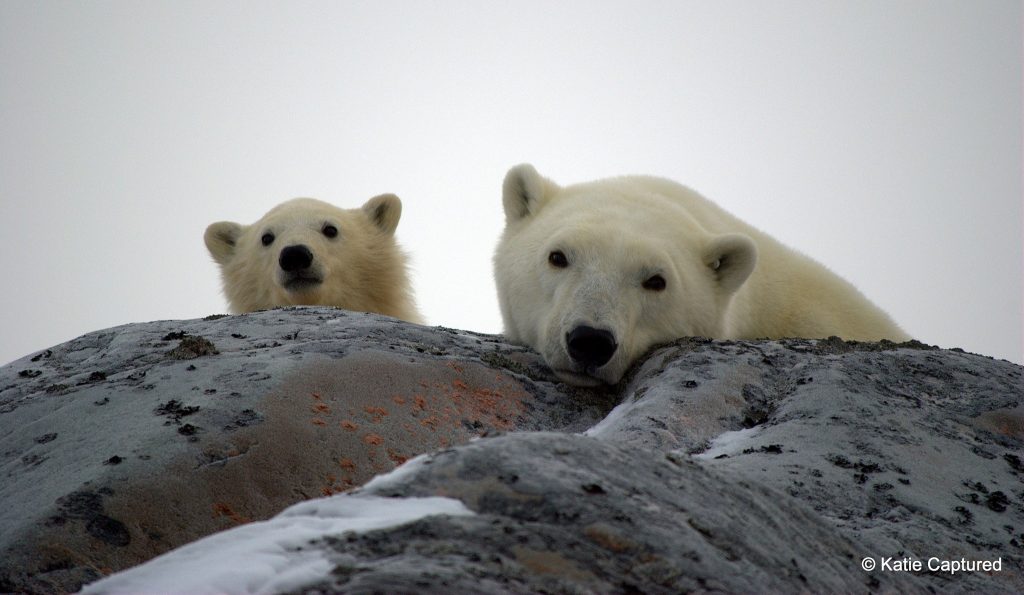
Polar bear mother and cub taking a breather lying on the Precambrian shield in Churchill Katie de Meulles photo.
All signs point to a decline in polar bear numbers in the southeastern region of the Hudson Bay, namely Churchill. Without even looking at the most recent statistics, there have been telltale changes in bear behavior that signal a potential shift in the polar bear population in the region.
A recent in-depth survey of polar bears in the world’s most southerly range indicates numbers have dropped and climate change is possibly rearing its head on the most accessible region to see these majestic creatures, Churchill!
Lead researcher and primary author of scientific paper Martyn Obbard focused on the polar bears residing on the shores of the James Bay and Hudson Bay known as the southern Hudson Bay population. Obbard collaborated with scientists from governments of Nunavut, Quebec and Ontario as well as the United States.
“If this trend is real and if it continues, I think we happened to have caught it just as it started to go over a cliff,” said Martyn Obbard, lead author of the paper that appeared this week in the journal Arctic Science.
A 17per cent decrease in five years, from 943 to 780 in that region has the scientific community on high alert. However, the more alarming number is a decrease from 12 percent to 5 percent of yearlings from 2011 to 2018.
“Many adult females may still be producing litters, but they may be less successful in raising cubs,” says the paper.
Studies over the last few years have reported what we have been seeing on average. Polar bears are getting skinnier and smaller from an annual reduction in the number of days of accessible sea ice
Between 1980 and 2012, research shows the number of days spent on land rather than on sea ice increased by 30 days. This time period severely reduces the amount of seal fat intake and leads to lower survival rates particularly for yearlings and less experienced hunters.
While the last survey of Hudson Bay polar bears conducted in 2011 showed population numbers fairly stable and in line with the previous 25 years of observations, Obbard wanted to quell the debate on both sides regarding the population. The latest ariel survey was conducted with rigor and quite comparable to the 2011 survey.
Obbard, recently retired from the Ontario government, cautions that having only two data points is not a conclusive study, the drop off observed is troubling at least.
“We’ve tried to be not alarmist. But we’ve tried to point out there are serious concerns,” stated Obbard.
While the years have produced images of polar bears seemingly adapting better to more ice-free days through finding alternative food sources or hunting seals on land or in the coastal shallows, Obbard’s most recent study validates impending warnings from researchers who have maintained that polar bear numbers would shrink like the ice when seal hunting days were reduced.
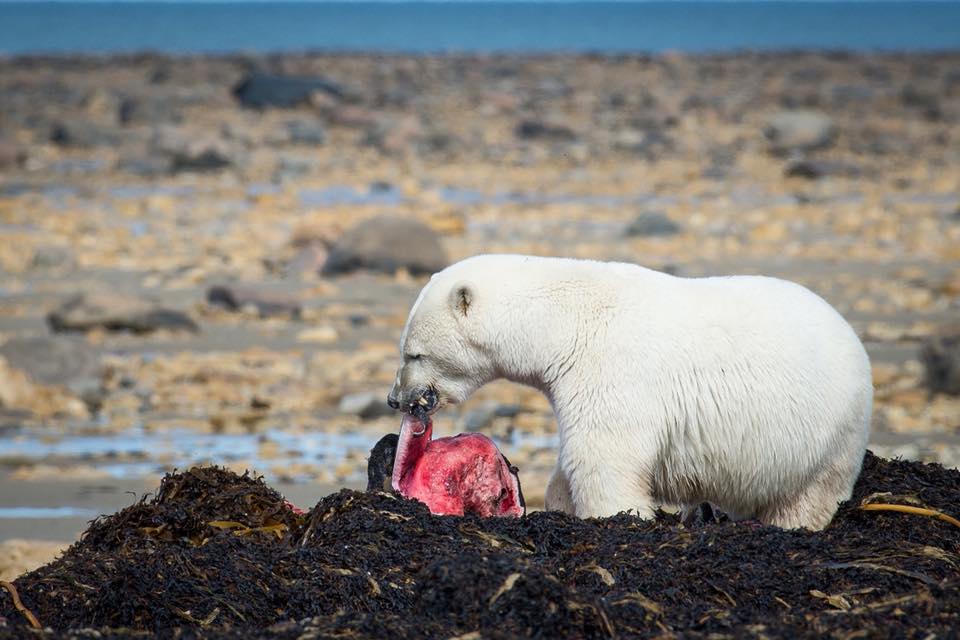
Polar bears have seemed to adapt in recent years to less “ice time” by hunting closer to shore. Alex De Vries – Magnifico photo.
“If we have a decline in body condition, what comes next? Declines in survival then decline in reproductive success,” he said. “And what are the consequences of those? The individual-level effects become population-level effects — declines in survival rates and now declines in abundance.”
Past warnings have been similar to what Obbard sees now. Everything points to climate change as the main end cause of polar bear body deterioration. The pure fact that sea ice has been reduced year over year cannot be ignored.
“It is disheartening,” Obbard states.
Another intensive survey should be scheduled for 2021 to further find an accurate baseline for the western and southern Hudson Bay populations according to Obbard.
by Steve Selden | May 8, 2018 | Tour News
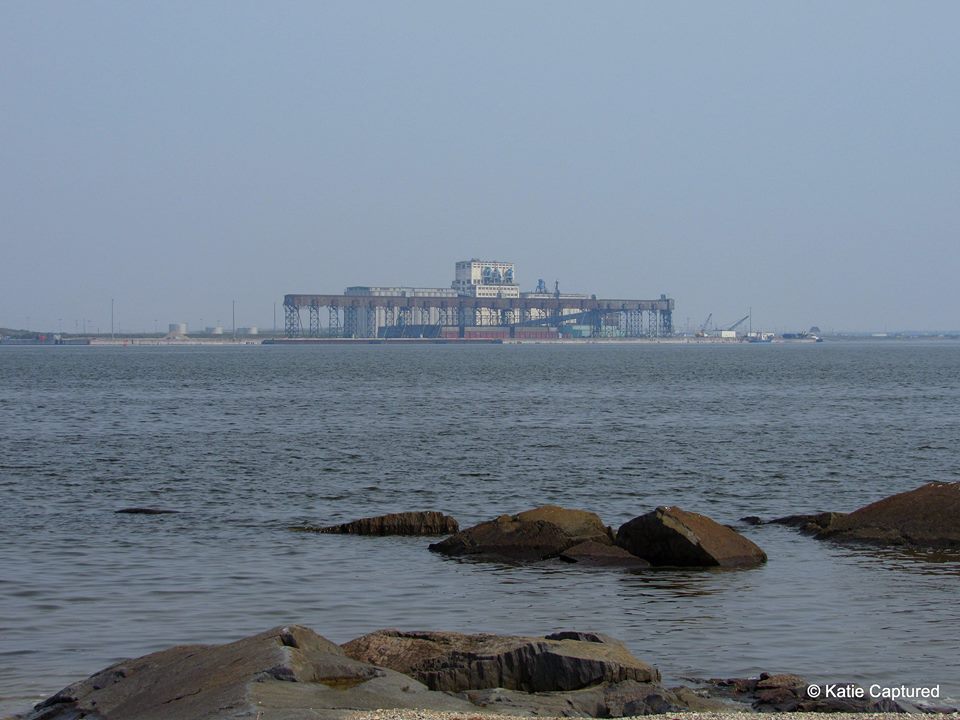
The Port of Churchill has been a symbol of uncertainty in Churchill. Katie de Meulles photo.
A Manitoba First Nations group has formed a partnership with an independent company to establish the reopening of the rail line to Churchill and potential operation of the grain port in Churchill.
Heard that before? Well, this time we might be in for the real thing.
A recent press release confirms that a consortium of Manitoba First Nations, led by Peguis First Nation Chief Glenn Hudson, will partner with iChurchill Inc., a private Canadian company, entering into an acquisition agreement with Denver-based Omnitrax, to take over control of the Port of Churchill and the Hudson Bay Railway.
“The port has got all of the grain handling equipment and simply said, the first thing we want to do is resume that commercial activity,” said Louis Dufresne, president of iChurchill Inc., in a phone interview Friday.
Northern residents of the town of Churchill along with Indigenous leaders say the railway and port are crucial to the existence of towns and all First Nations in northern Manitoba.
Last May, a year ago, the Hudson Bay rail line owned by Denver-based Omnitrax sustained flood damage from the spring melt of two late-season blizzards. The damage was estimated at nearly $60 million and Omnitrax balked at its contract to repair the damage and therefore reopen the train line to Churchill. Soon after, a native group under the name Missinippi Rail LP, a consortium of about 15 Manitoba First Nations, signed an informal agreement to purchase the port and rail line for $20 million. Further strengthening their offer and position, the group enhanced their buying power by joining with One North, a group representing First Nations and communities served by the Hudson Bay line.
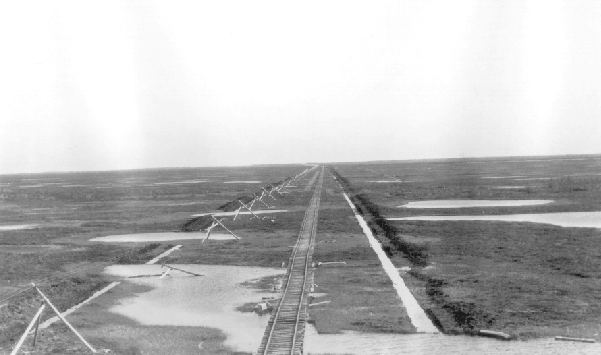
Photo by Major MacLachlan (zambonista.com/hbr/) [Public domain], via Wikimedia Commons
“Hopeful always when I hear these announcements, but of course like the people of Churchill, I just really would like to see the rail line rebuilt and the port reopened with solid commitments with whoever is going to take charge of the ownership that they are committed for the longer term.”
Now, iChurchill Inc. is hoping to formalize and seal the agreement by mid-June in order to commence repairs and reopen the line in time for the fall polar bear season. These details have not been confirmed by Omnitrax as of yet,
Communities have been suffering for a year now with increased costs of transporting goods to the outlying towns in the north. The isolation has touched everyone’s lives in every community. With another end of this dilemma in sight, people have been given hope once again.
iChurchill Inc. is expected to release more information today regarding plans for repairing the rail line and potential reopening of the port at a Winnipeg press conference.
Any new agreement would need approval from the federal government. Federal Natural Resources Minister Jim Carr is expected to release a statement Friday.
by Steve Selden | Feb 6, 2018 | Tour News
Natural Habitat Adventures guide Brad Josephs and his group of avid and hearty travelers in Churchill for northern lights had time to learn the art of igloo building in frigid minus 50 C Arctic temperatures. Despite the piercing cold, everyone enjoyed the experience and immersed themselves in an authentic Arctic situation and survivalist technique utilized by hunters and travelers out on the tundra and ice of the far north. This system has saved lives every year in the extreme weather of the Arctic. Hopefully, we will bring you some tantalizing northern lights from this adventure in the next couple of days. Churchill’s aurora borealis season is heating up even during this incredibly cold stretch!













